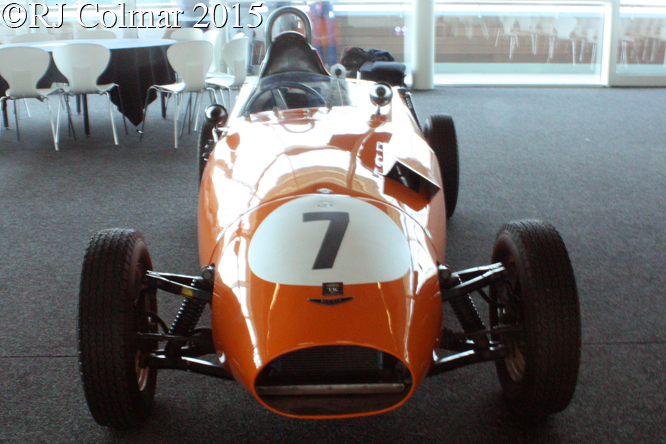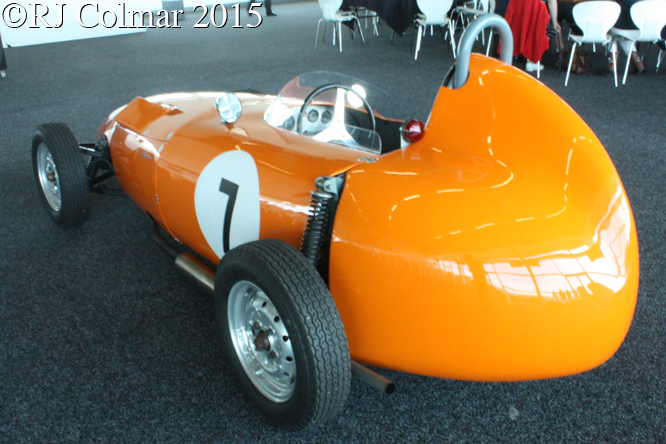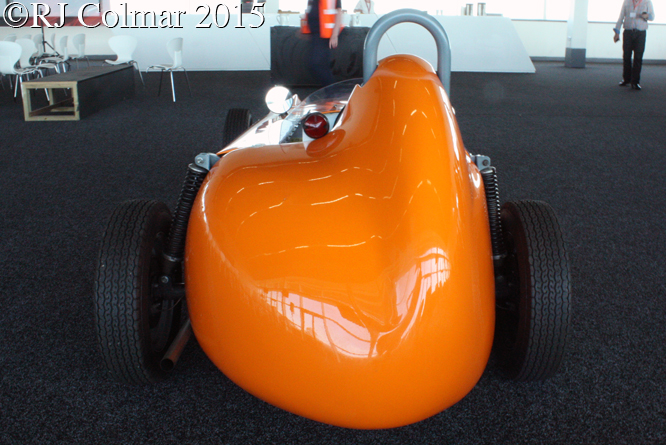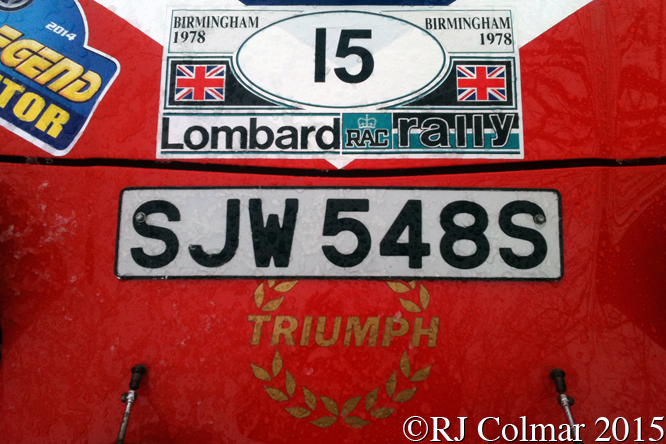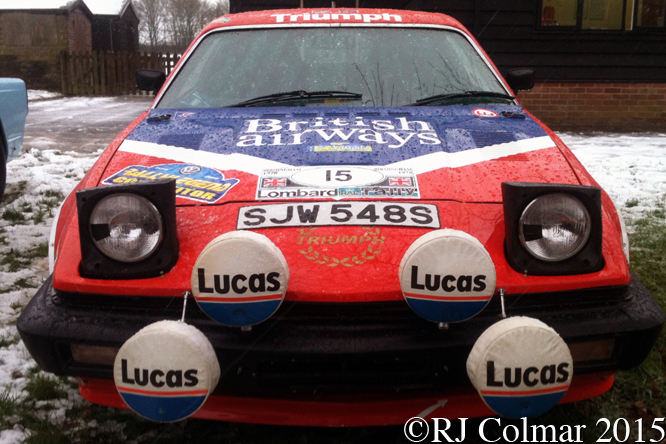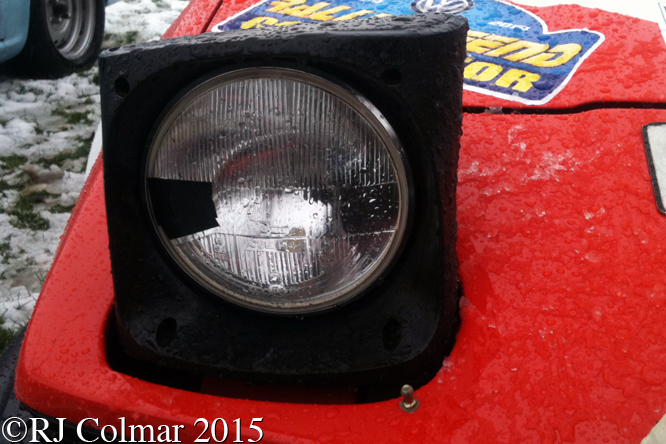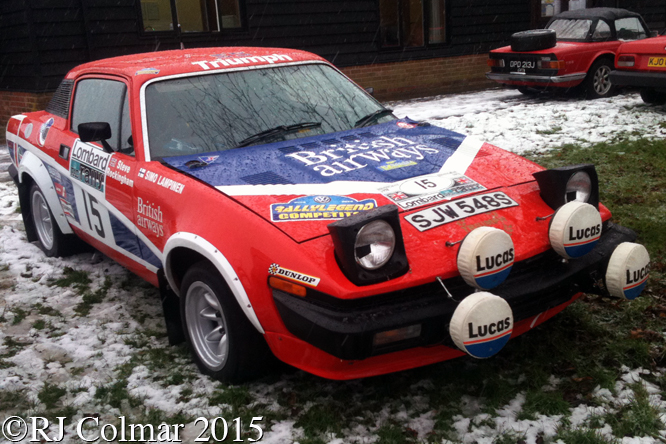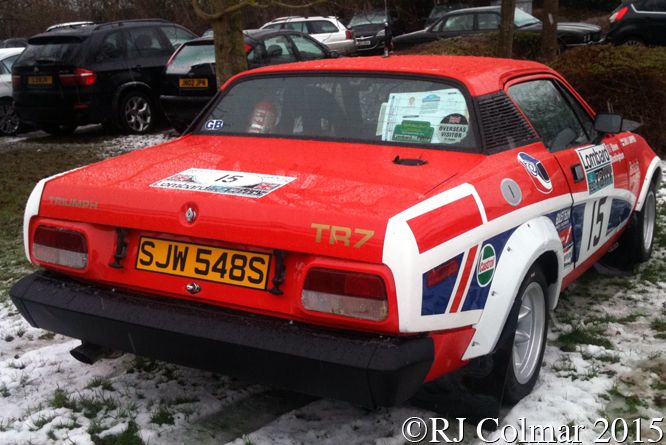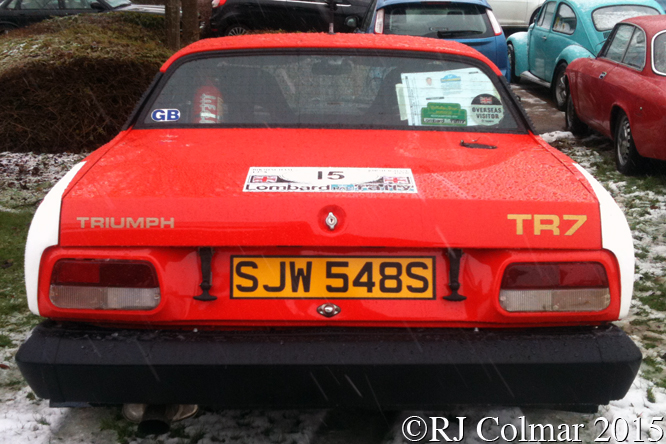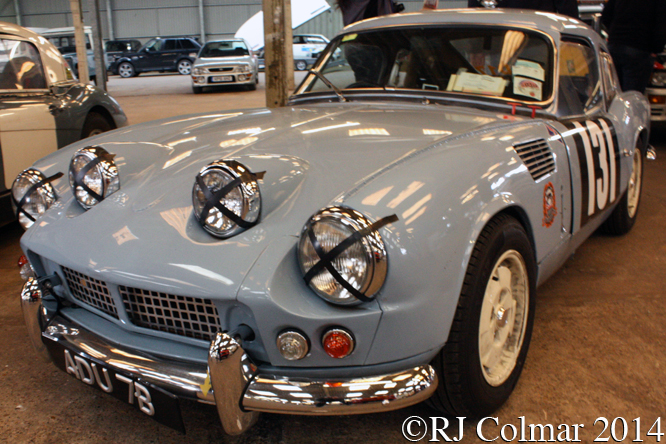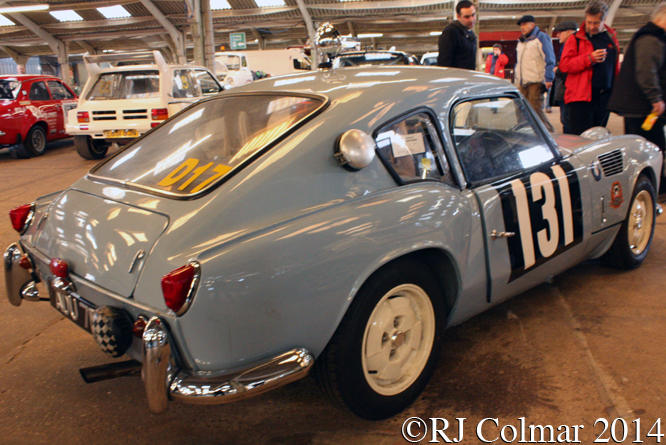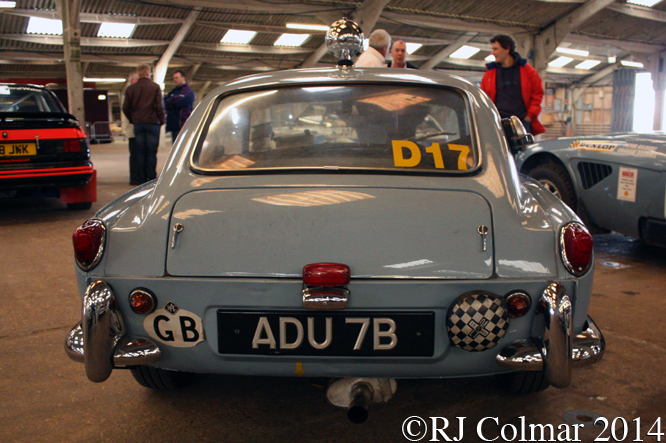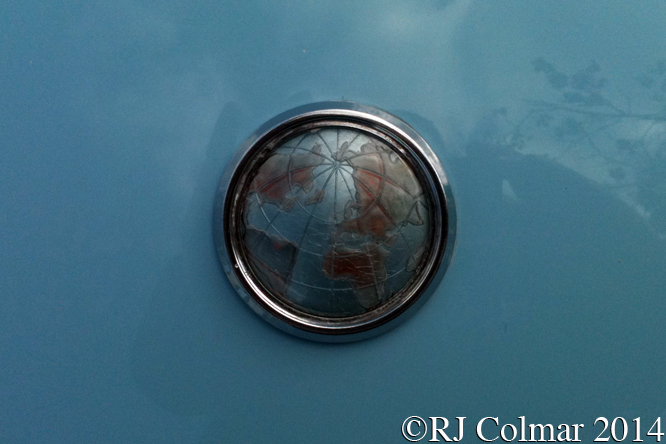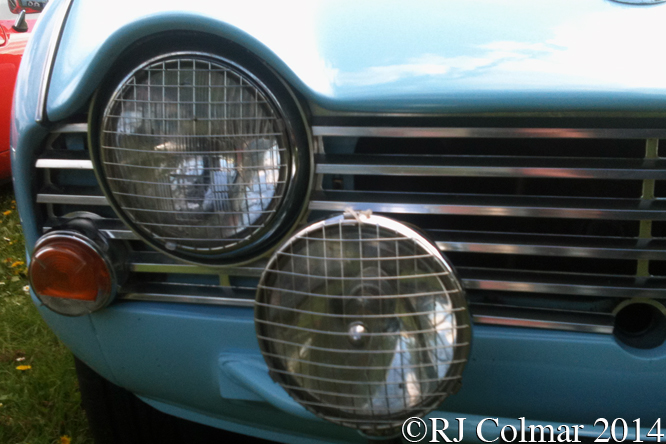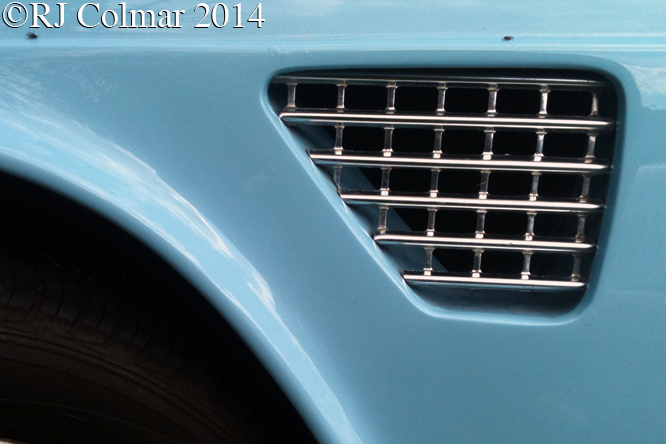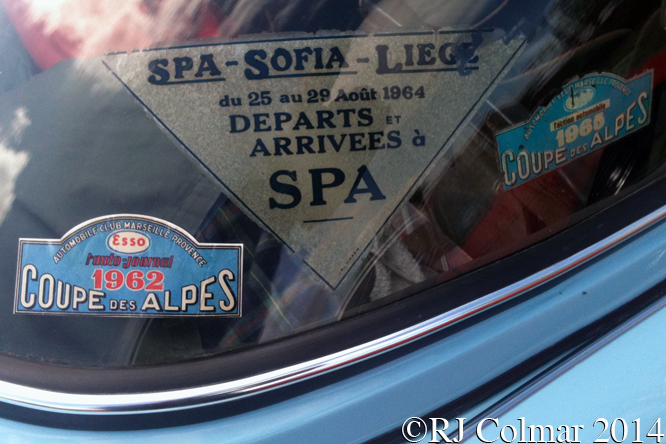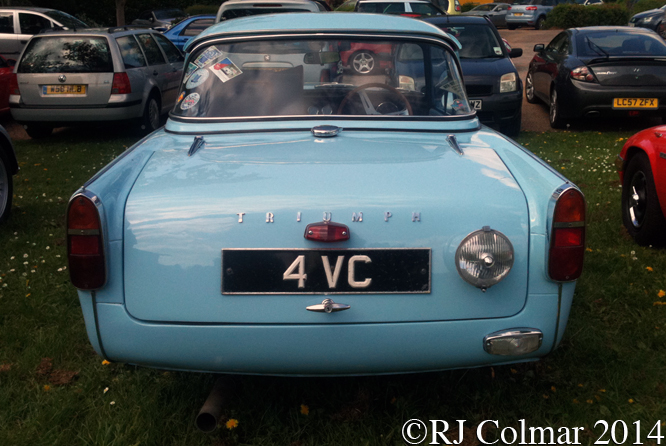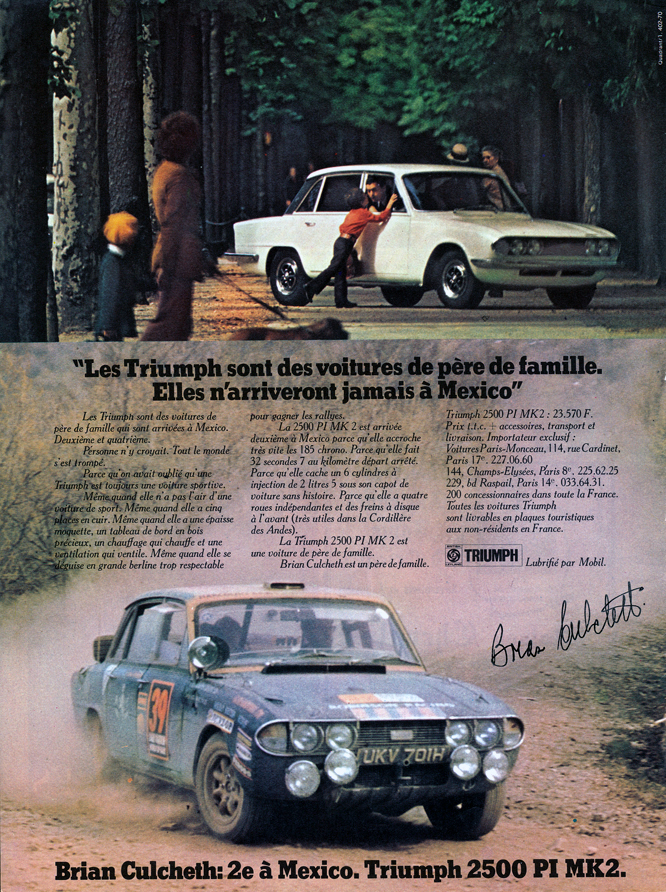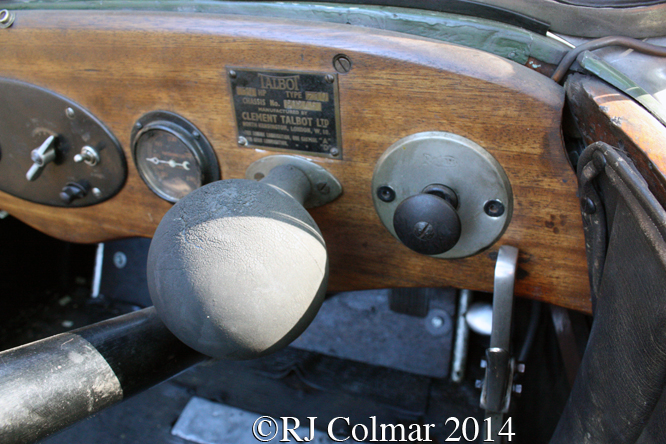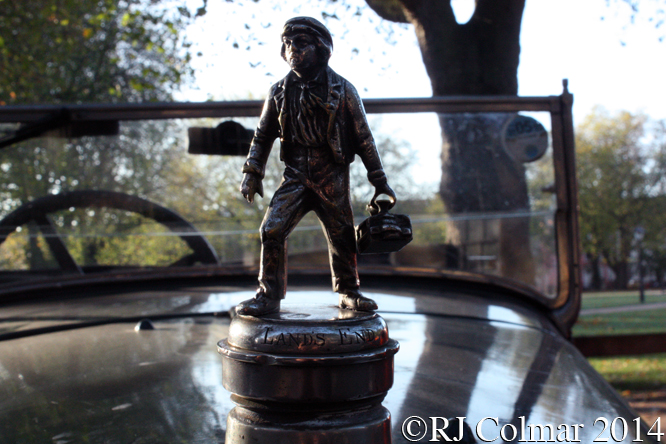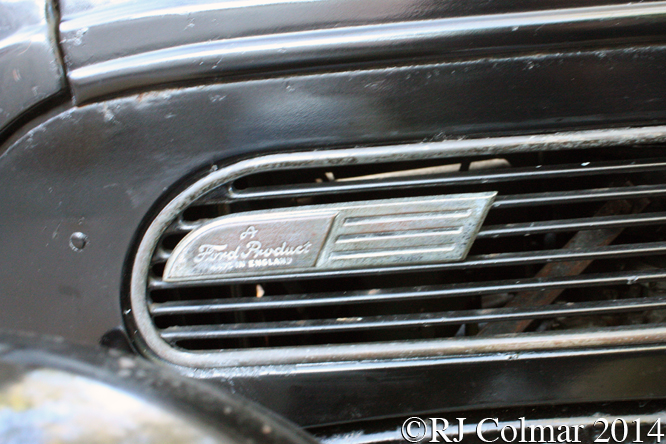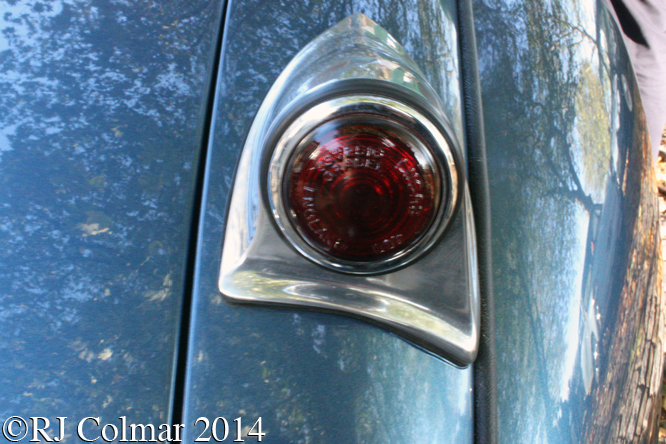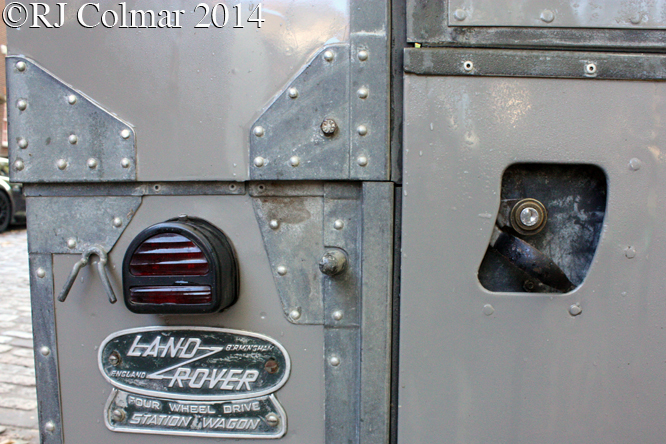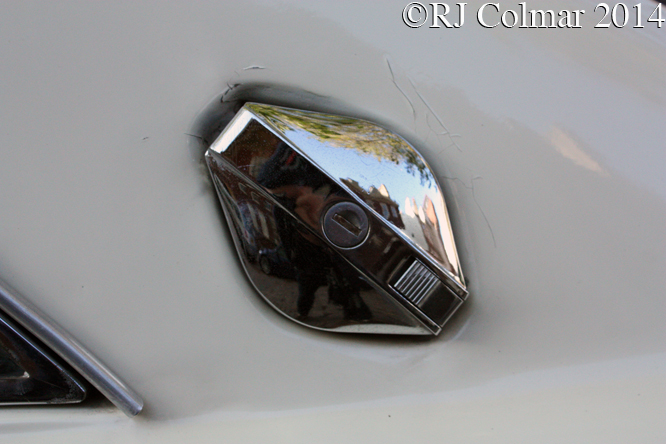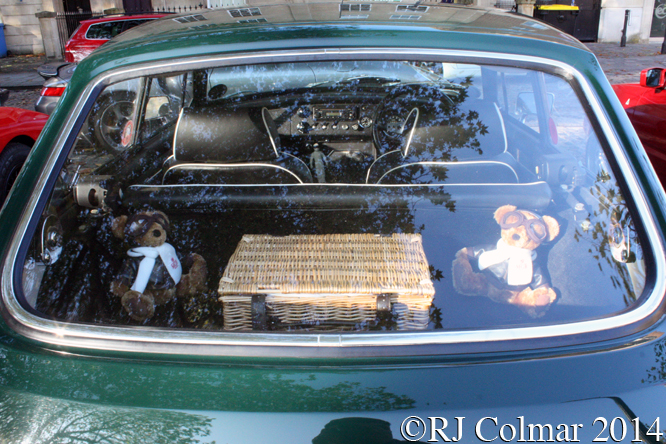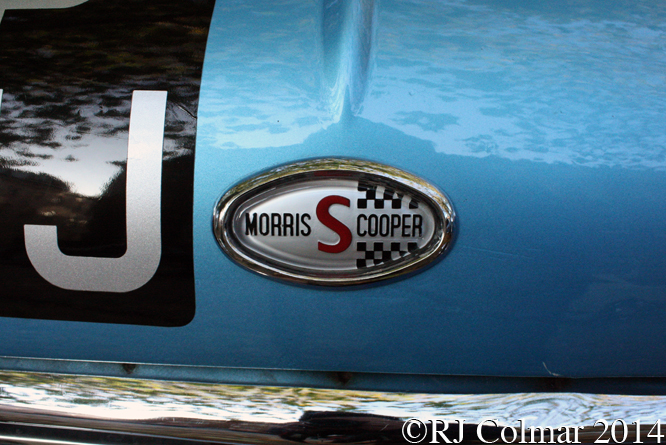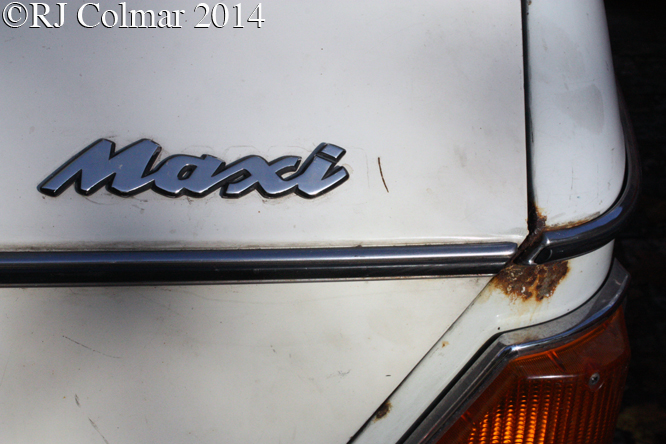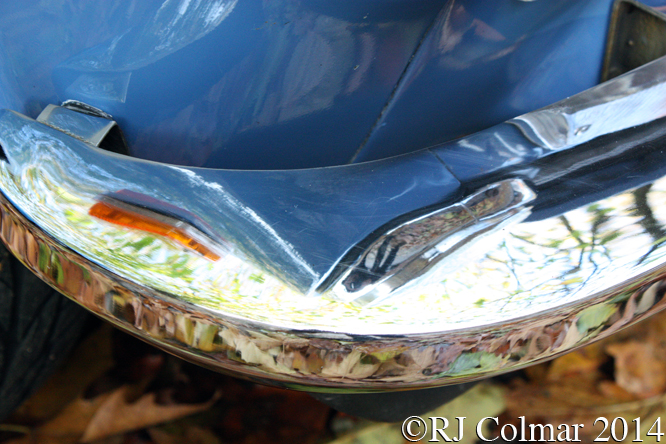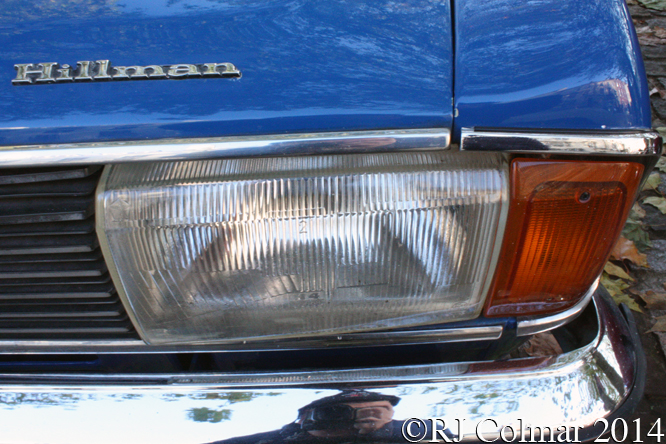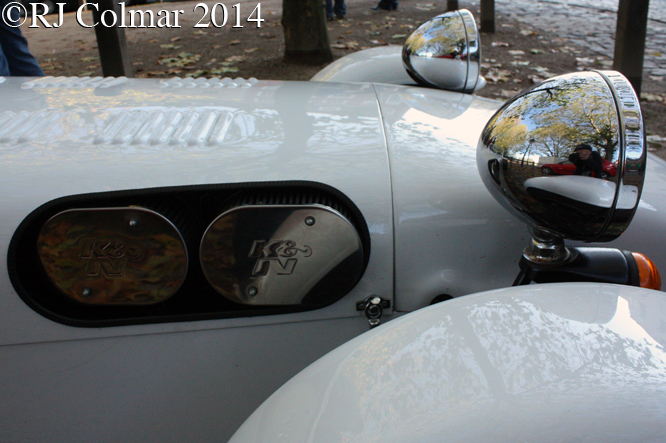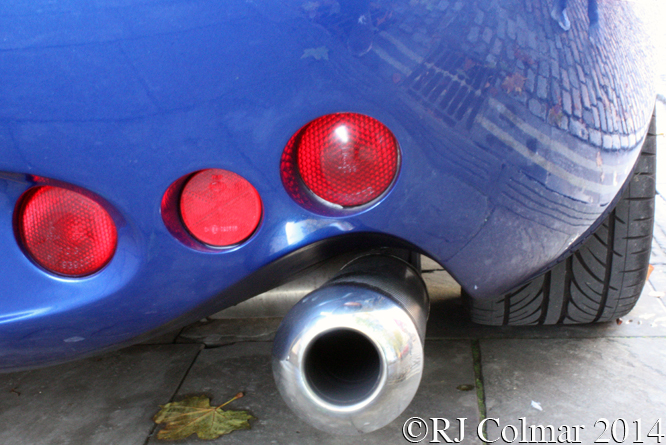The first Marcos Mantis better known as the Mantis XP was a radical marine ply racer that raced once in 1968 before being sold to an American client, the second Mantis iteration today’s featured 2+2 Mantis M70 was launched in 1970 and remained in production until 1972 when the company was liquidated, in 1997 a third iteration 2 seat Mantis was launched as a road car and later spec racer.
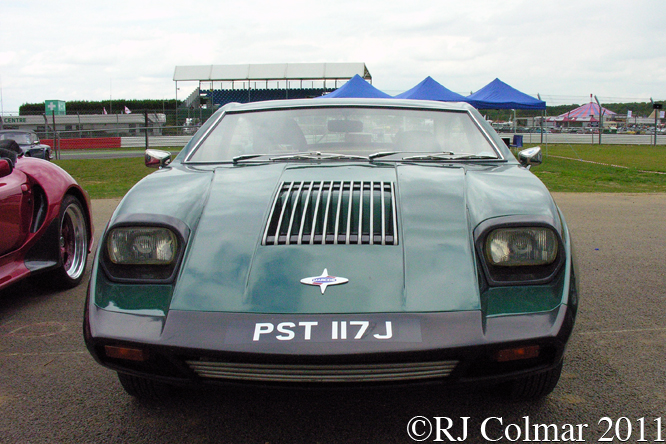
Styling of the Mantis was by Denis Adams and Jem Marsh while ex Lotus engineer Brian Cunnington was responsible for the chassis, made from square section tubular steel, and production engineering.
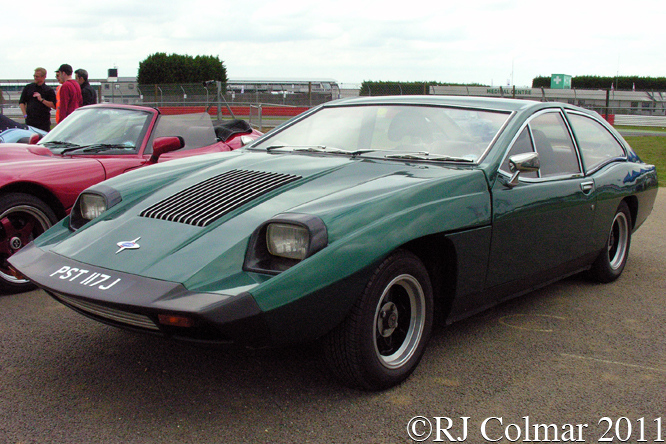
The Mantis was initially offered as a complete vehicle with a Triumph 2.5 PI straight six motor and 4 speed Triumph gearbox driving an axle from the Ford Capri parts bin.

The promotional brochure for the Mantis highlighted the models all round visibility, handling and “the boot, with a capacity of 10 cubic feet, makes the Mantis ideal for the man who is going places and wants to travel in style.”
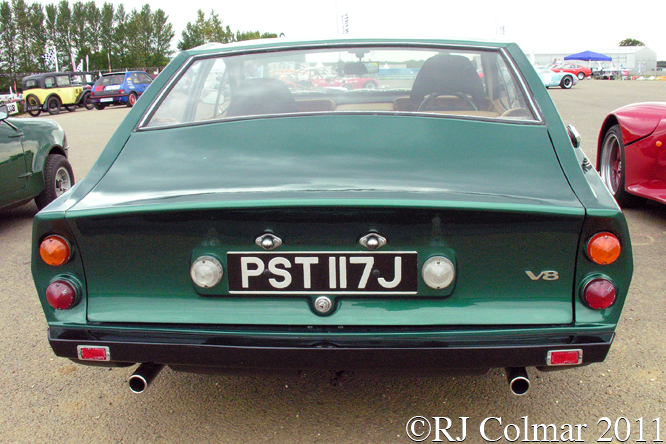
In all 32 Mantis models were built before Marcos was liquidated in 1972, some of the later examples were supplied in kit form at 5/6ths of the price of the complete car.
In the mid 80’s Autotune who had acquired the moulds and manufacturing rights to the Mantis recommenced production of the model, as a kit car requiring a Ford Cortina Mk II or Mk III donor car, which was renamed as the Autotune Mirage.
Today’s featured 1971 Mantis seen at Silverstone Classic several years ago is described by one of it’s owners as “The one Jem Marsh had with the Rover 3500 V8 EFI lump.”
Thanks for joining me on this “Going Places In Style” edition of “Gettin’ a li’l psychoontyres, I hope you will join me again tomorrow when I’ll be looking at another “Goddess”. Don’t forget to come back now !


